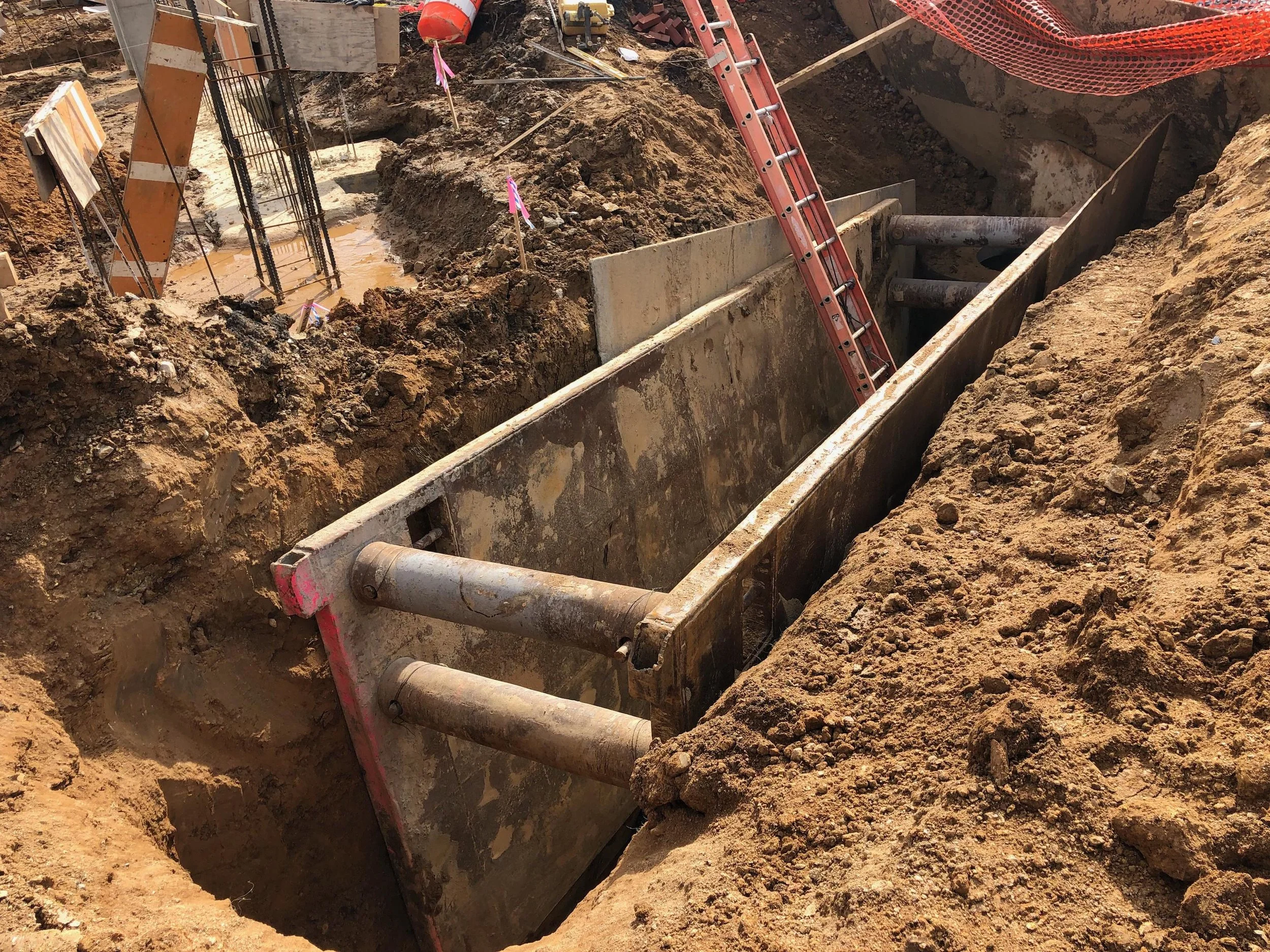I (William Sheppard) was a Safety professional in heavy civil construction for over 10 years, and in that time, I investigated numerous incidents of breaking functioning underground utilities. Not once did anyone get hurt or die. What are the odds of dying from a utility strike, you ask? The odds of being fatally injured are one in five, for those incidents with an injury. Those aren’t good odds, so if you have hit a utility four times during your career, do not hit another.
Under every city and town in the state and, yes, below our lakes and rivers, run utility lines, tunnels and other structures. If you hit them some can kill you, and all will cost you. You will encounter hidden hazards that kill the striker quickly: gas, propane and electricity. In addition, you may also encounter those that may kill others: telephone and communication cables and national defense lines. Many people are unaware of these hazards. Some who are aware do not respect the danger of underground utilities.
Anyone in Oklahoma can dial 811 or use the OKIE811 online service to notify utilities so they can “mark out” their underground facilities. Always remember, you must call for these utilities to get marked, whether you are constructing a new driveway, or driving posts for a new fence, etc. The OKIE811 system is free, it is easy, and it’s the law.
You must call regardless of where the excavation is located. Even if it’s on private property, out in the middle of a field, or on a street with no name – “You must Call.”
You must call if you are only excavating a few inches or just surface grading. If you move material – “You must Call.”
Each year, approximately 700,000 underground utilities are struck during excavation work, according to the Common Ground Alliance, a group that provides training and education on underground hazards as well as coordinating the “OKIE811 – Call Before You Dig System.” If you’re lucky and no one is fatally injured, the cost of one utility strike may result in serious financial losses. Additional costs can be fines levied by the utility that can no longer provide service to its clients. These fees can range around $10,000 per hour for loss of service. If you shut down a hospital or stop work at a factory, you will likely pay for their losses too.
It has been my professional experience that there are two steps that can help eliminate and reduce excavating hazards - verifying and documenting utility mark out. Here are some tips to help you, the excavator, work safely and save your municipality money:
Upon arrival at the worksite, prior to beginning the excavation, an excavator should do the following:
Verify that the worksite matches the OKIE811 one-call request and is timely
Verify that all facilities have been marked and review the color codes if in doubt
Verify all service feeds from buildings and homes near the worksite
Check for any visible signs of underground facilities, such as pedestals, risers, meters and new trench lines
Check for any facilities that are not members of the one call center and contact someone to get them located
It is important for excavators and locators to document the location of markings before excavation work begins. The primary purpose of this best practice is to avoid unnecessary litigation and expensive legal fees for all parties involved. Additionally, documenting marks is an excellent idea, as marks will be covered by spoils or degraded by weather and construction equipment and there could be, if not caught during the mark-out verification process, mismarked utilities. In most situations when underground facilities are not properly marked, excavators have no way of knowing where underground utilities are located. If located markings are adequately documented through the use of photographs, video, or sketches before excavation work begins, it is easier to resolve disputes if an underground facility is damaged as a result of improper marking, failure to mark, or markings that have been moved, removed, or covered. Make sure to capture documentation (measurements) of marks in relation to permanent landmarks like large rocks, utility poles, pedestals, gates, fences and buildings.


